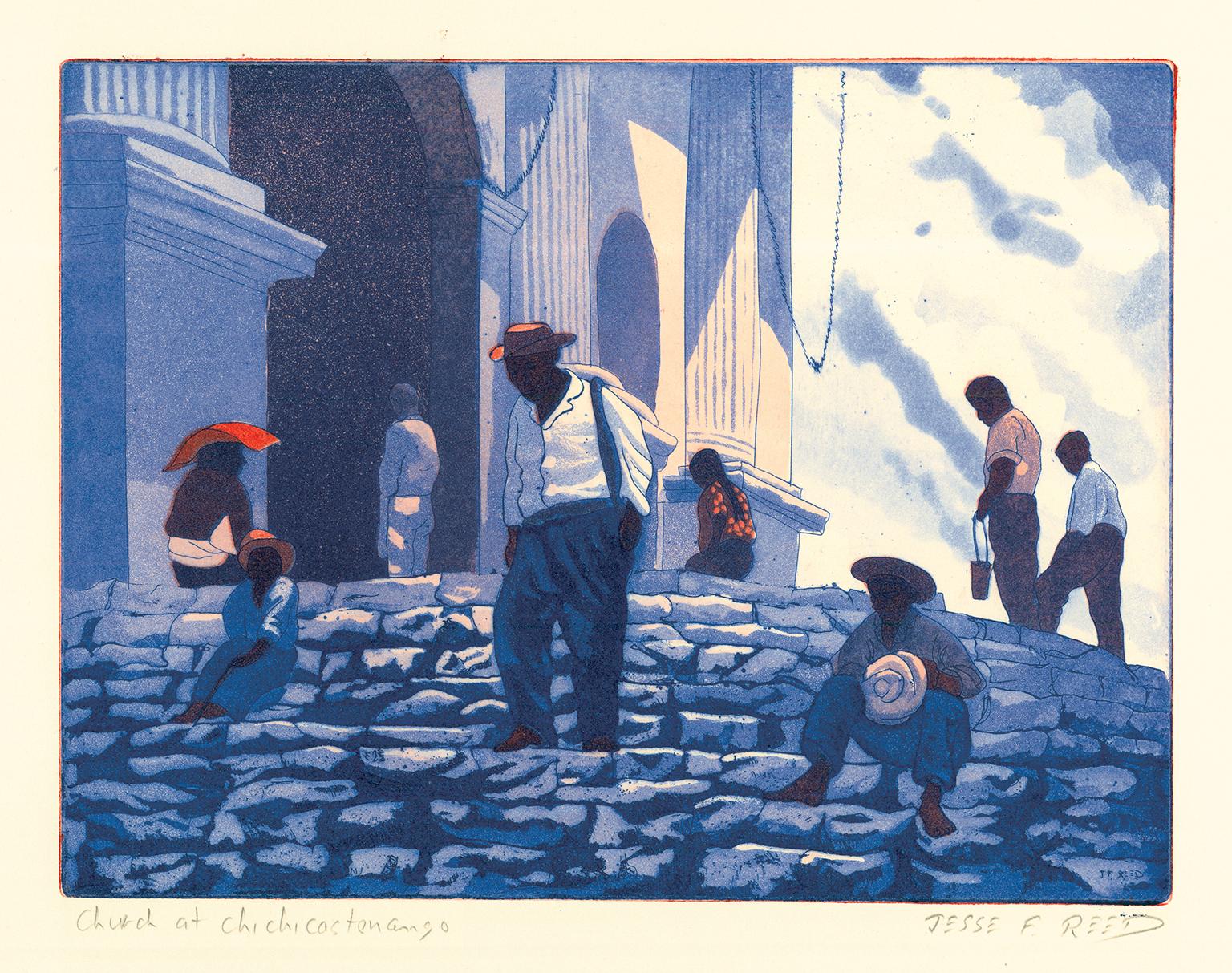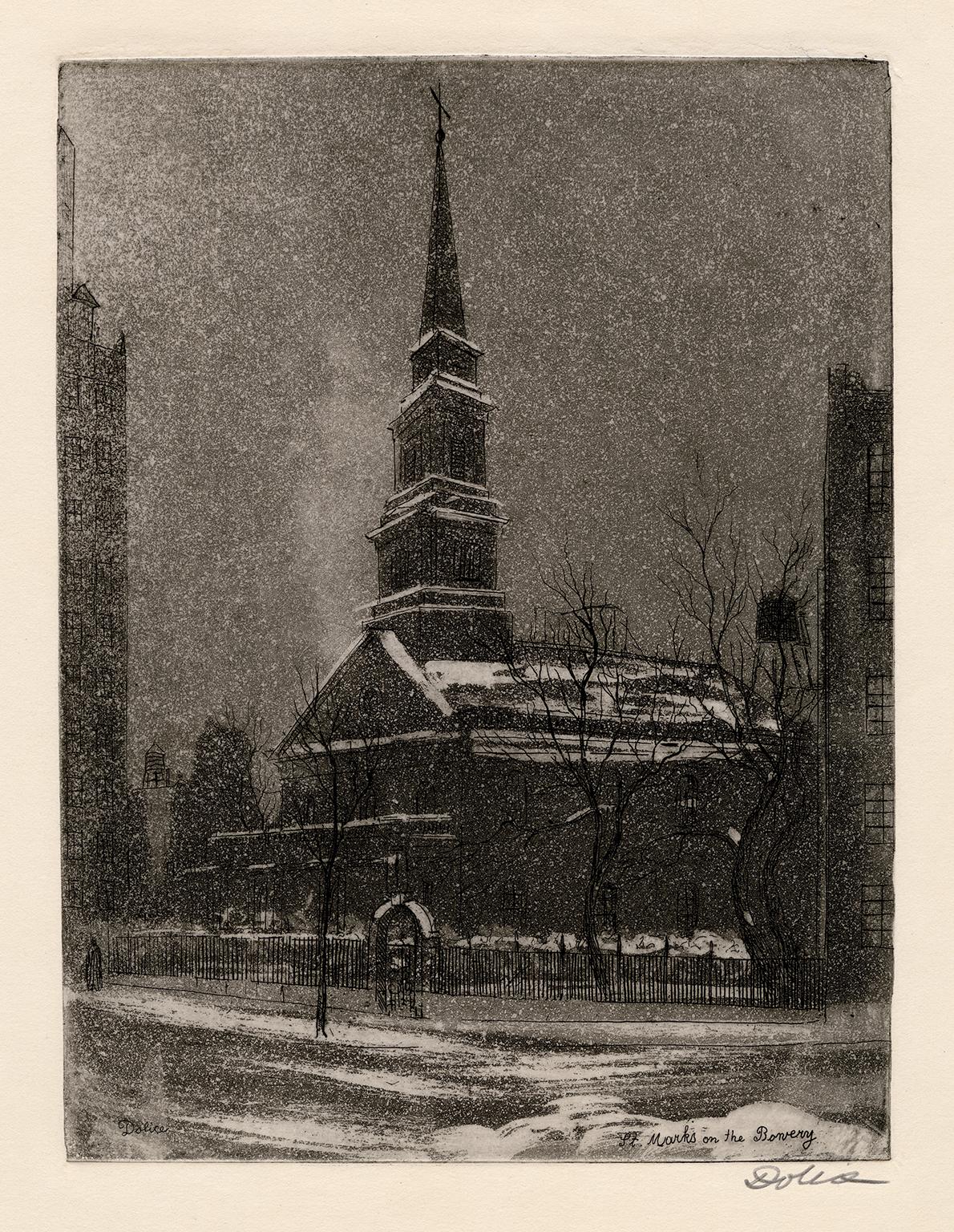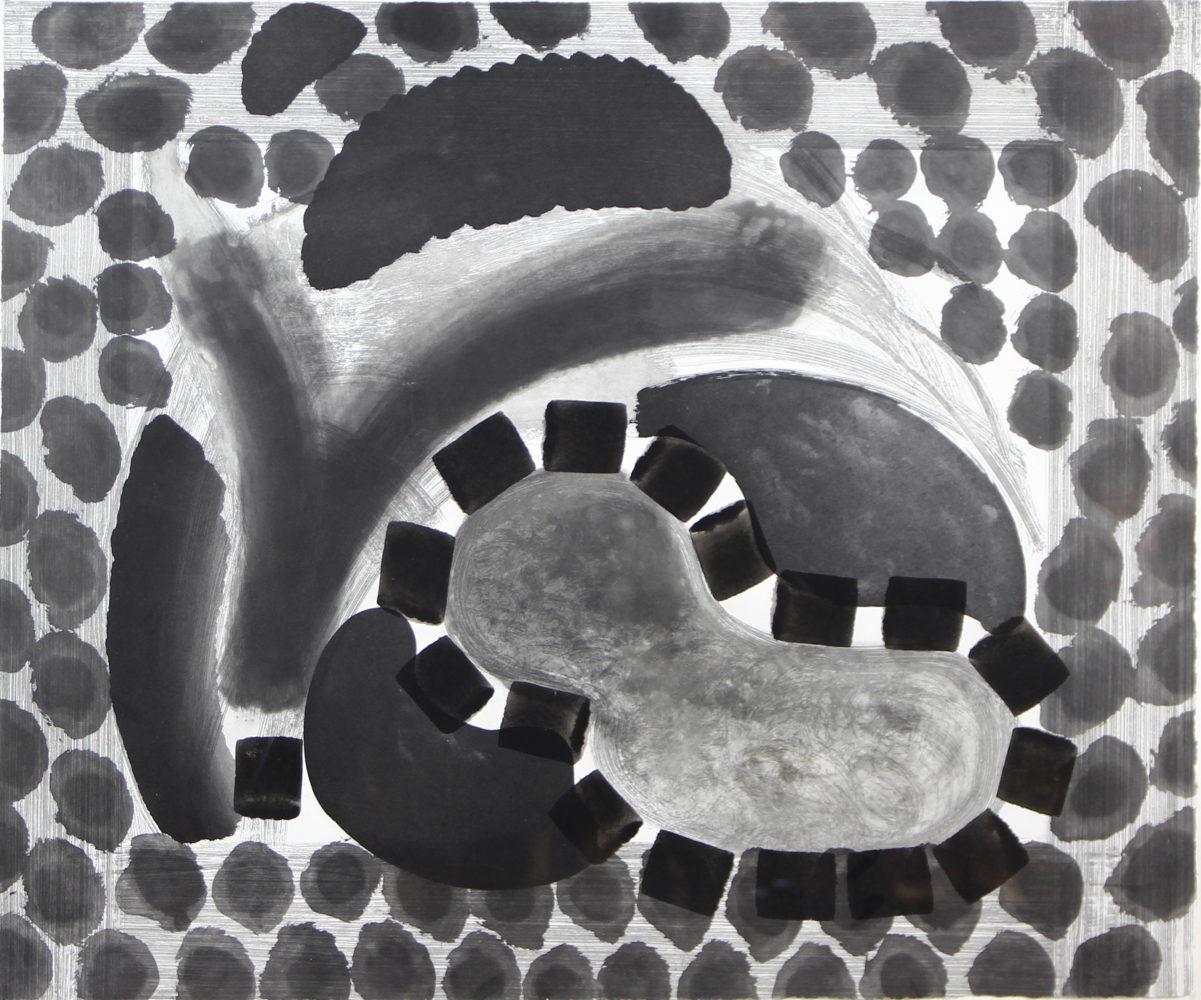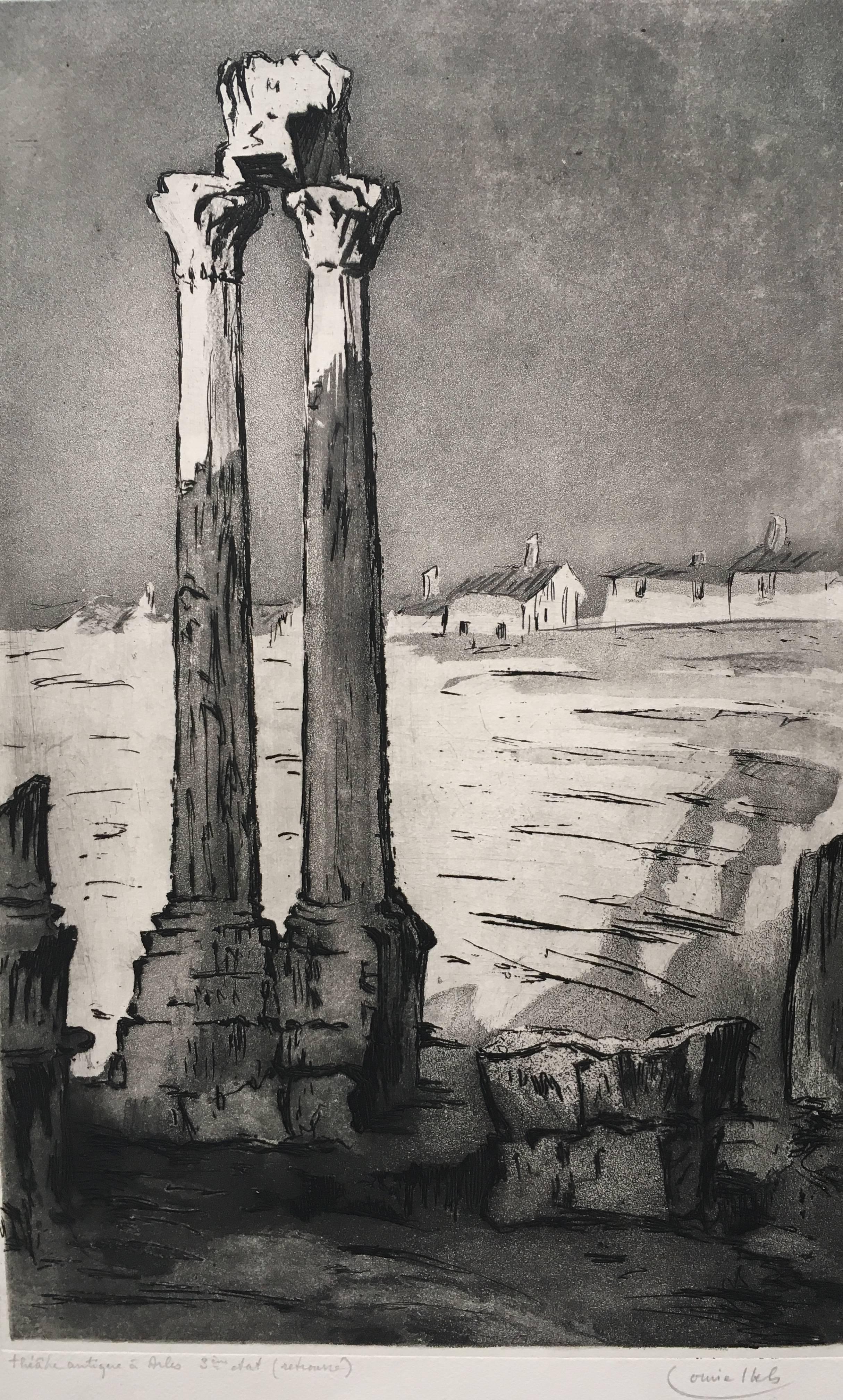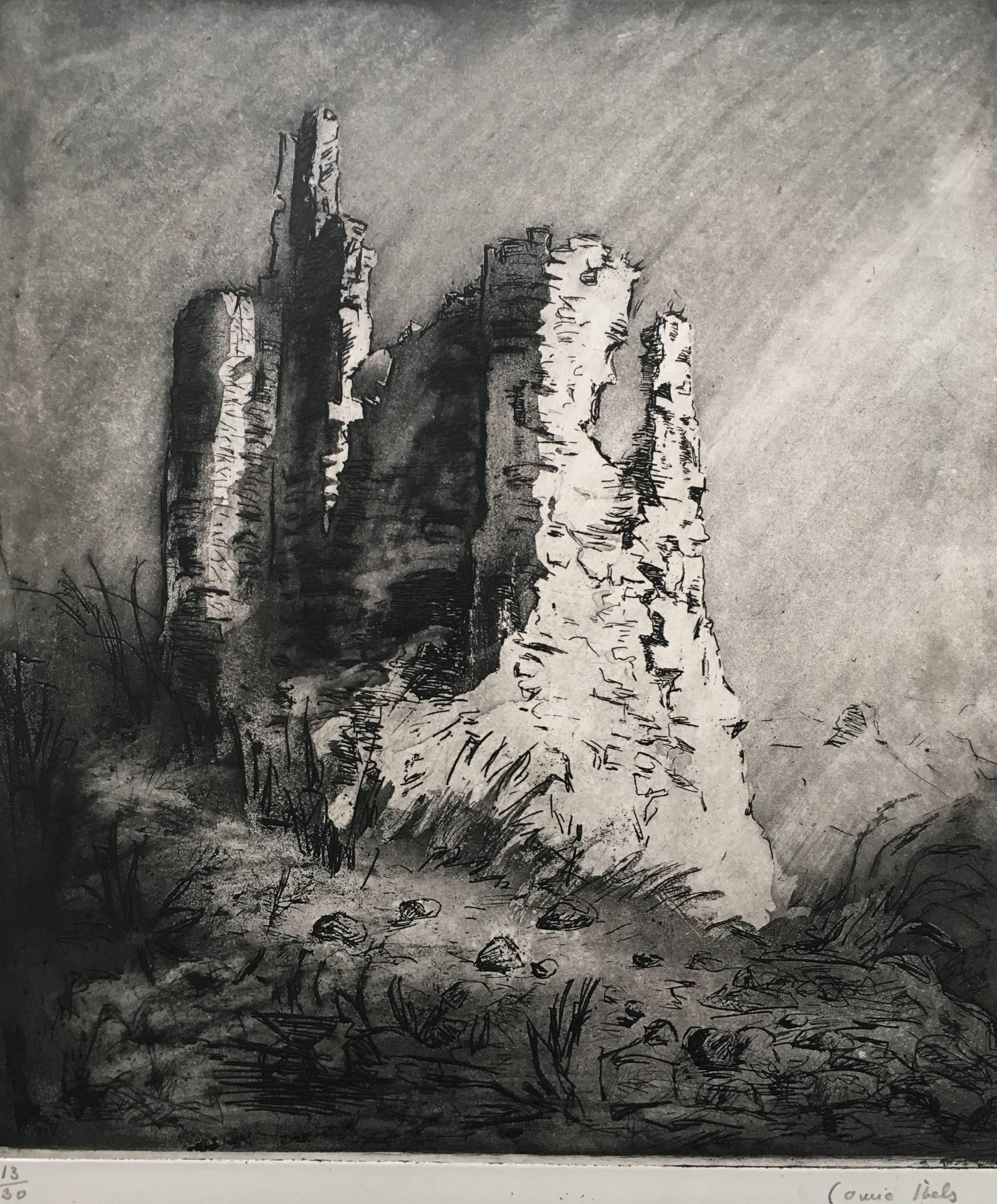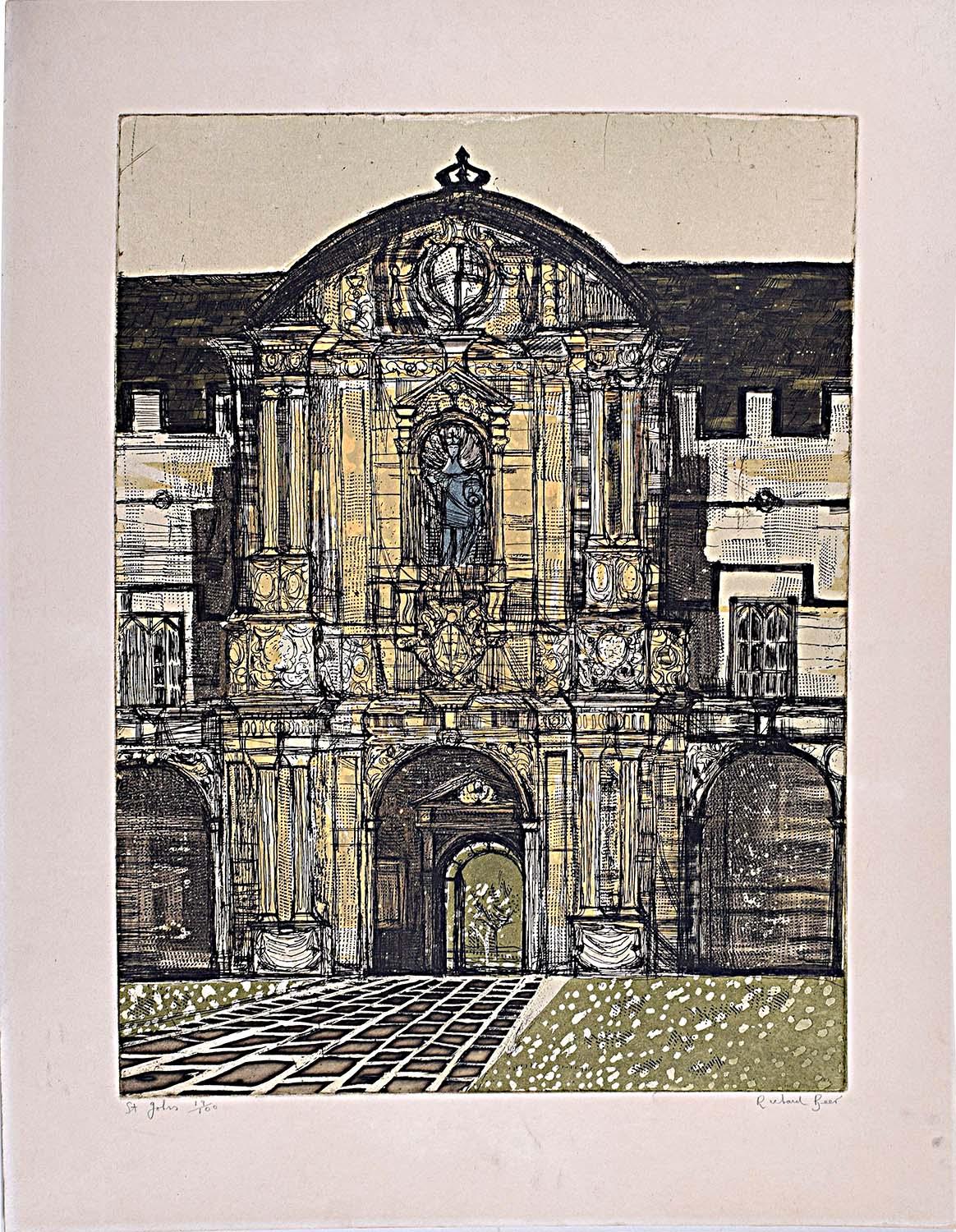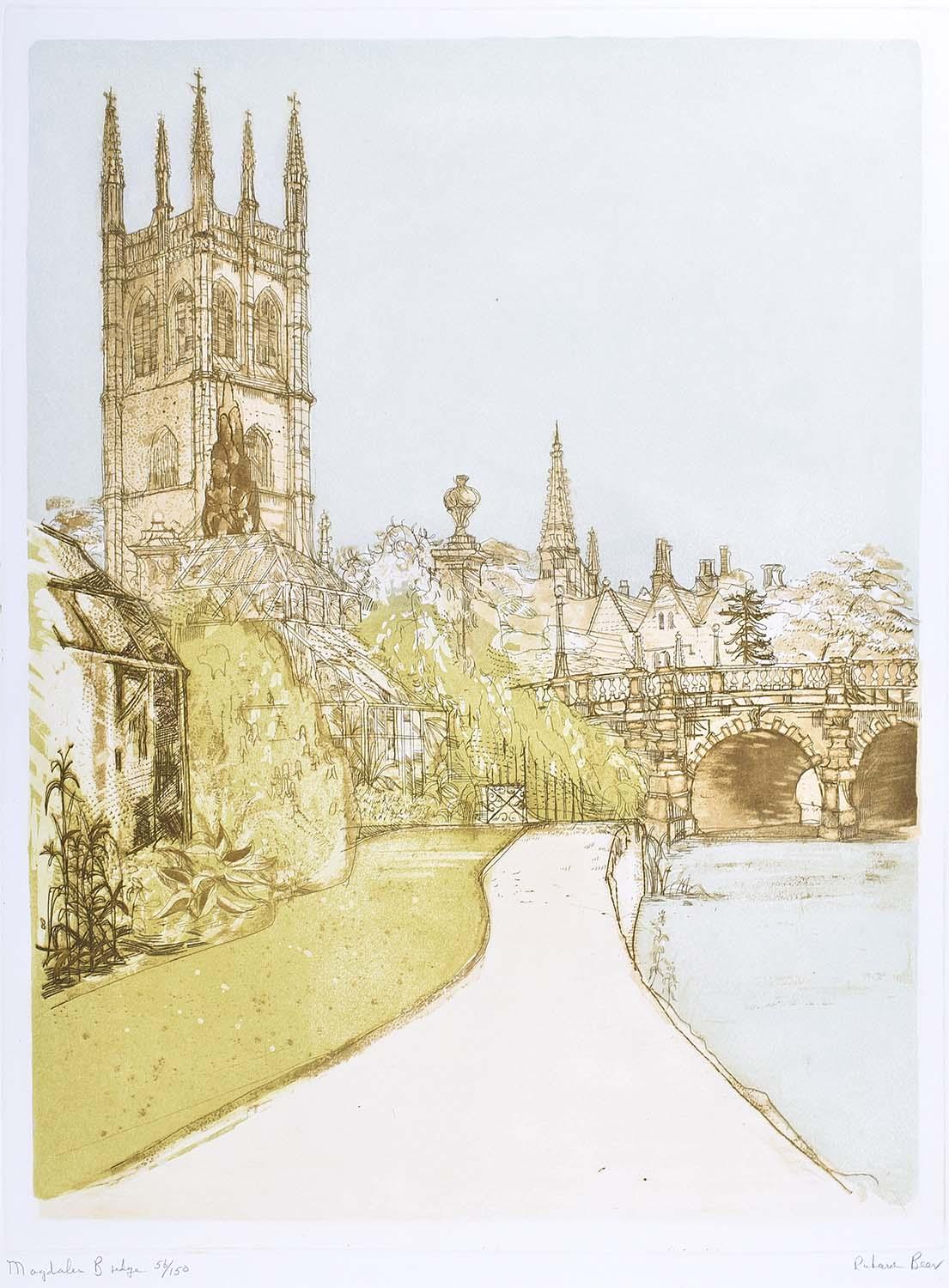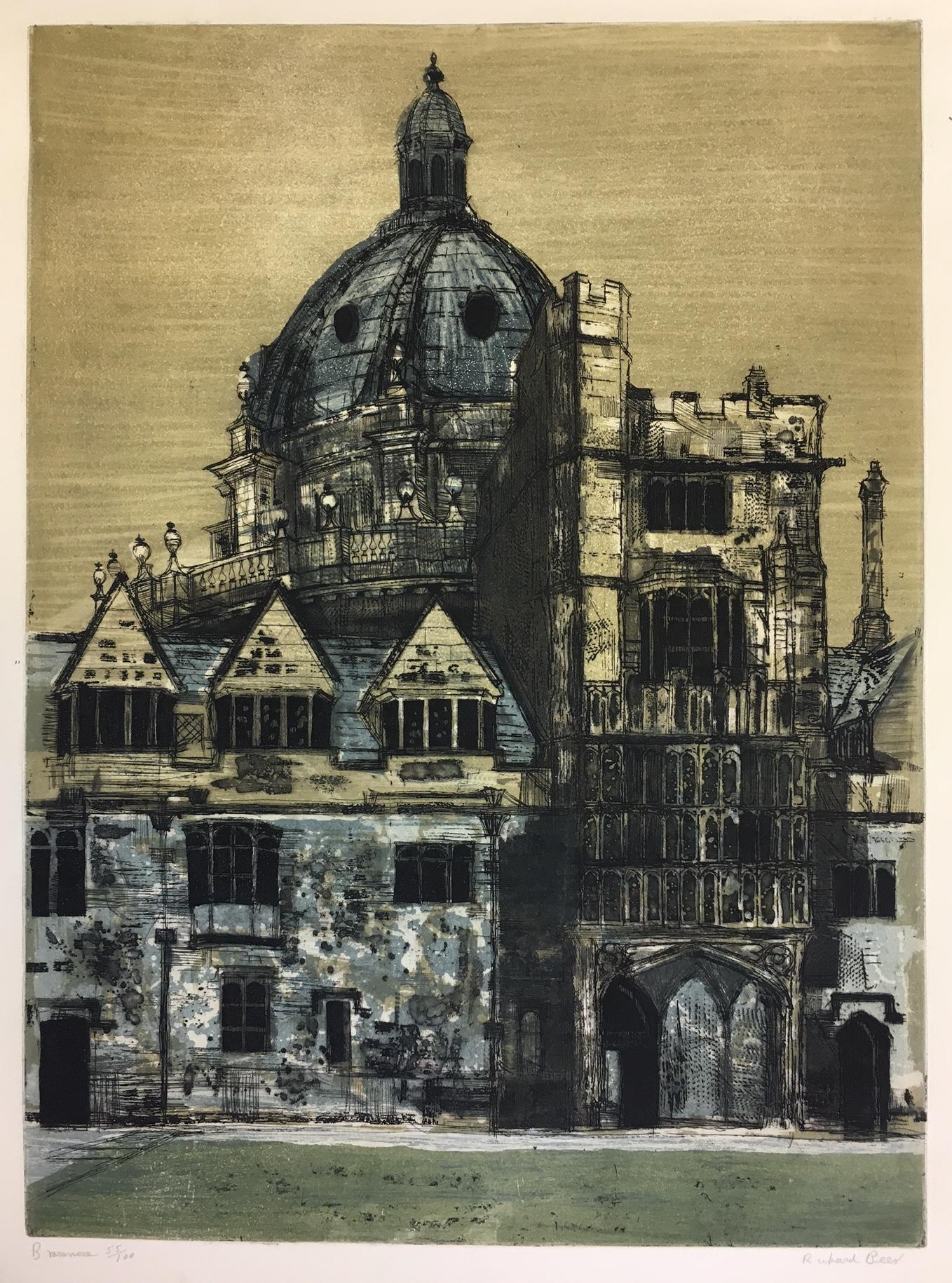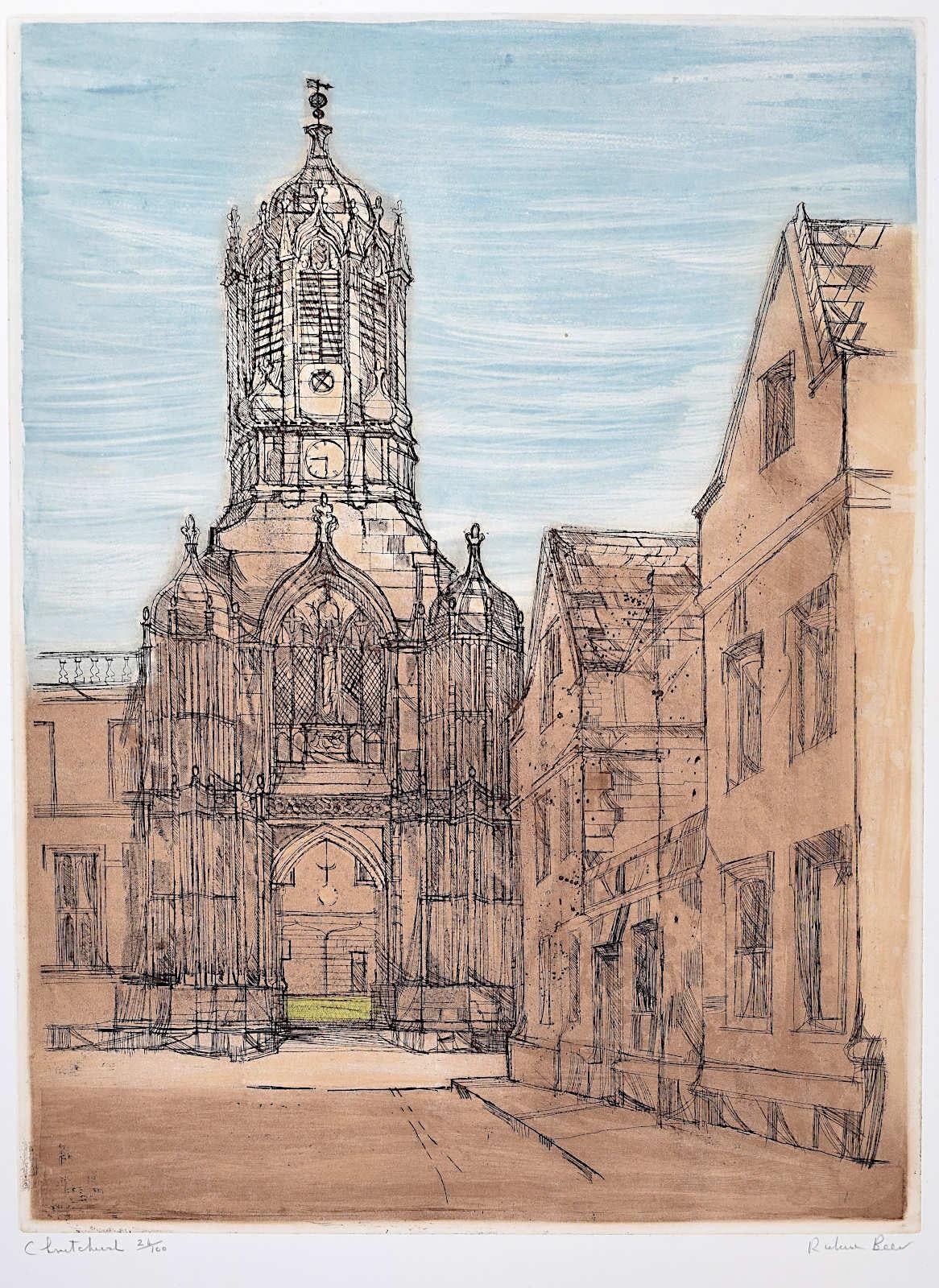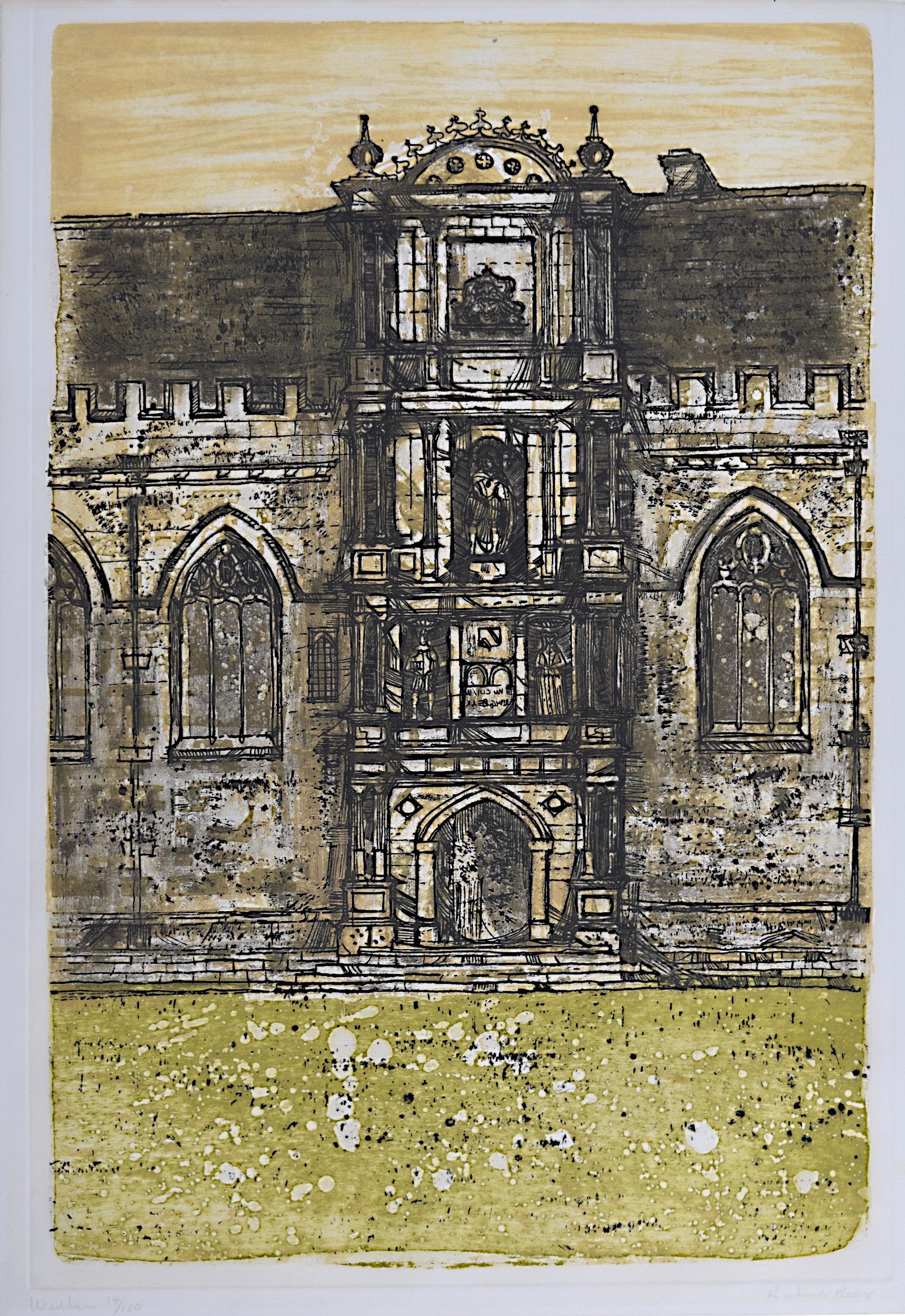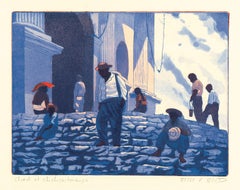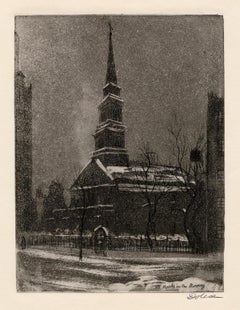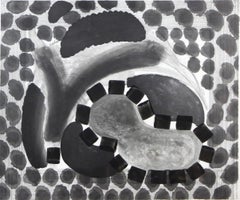Place Flamamde, Brussels
View Similar Items
1 of 7
Ferdinand-Jean LuiginiPlace Flamamde, Brusselsc. 1935
c. 1935
$600List Price
About the Item
Authenticity Guarantee
In the unlikely event there’s an issue with an item’s authenticity, contact us within 1 year for a full refund. DetailsMoney-Back Guarantee
If your item is not as described, is damaged in transit, or does not arrive, contact us within 7 days for a full refund. Details24-Hour Cancellation
You have a 24-hour grace period in which to reconsider your purchase, with no questions asked.Vetted Professional Sellers
Our world-class sellers must adhere to strict standards for service and quality, maintaining the integrity of our listings.Price-Match Guarantee
If you find that a seller listed the same item for a lower price elsewhere, we’ll match it.Trusted Global Delivery
Our best-in-class carrier network provides specialized shipping options worldwide, including custom delivery.You May Also Like
Church at Chichicastenango
By Jesse F. Reed
Located in Myrtle Beach, SC
Jesse F. Reed, 'Church at Chichicastenango', color etching and aquatint, 1963. Signed and titled in pencil. Signed and dated in the plate, lower right. A fine, richly-inked impression, with fresh colors, on cream wove paper; the full sheet with margins (1 3/8 to 2 1/2 inches), in excellent condition.
Chichicastenango, also known as Santo Tomás Chichicastenango, is a town in the El Quiché department of Guatemala, located in a mountainous region about 140 km northwest of Guatemala City. Chichicastenango is a K'iche' Maya cultural center, with the great majority of the municipality's population indigenous Mayan K'iche. The church depicted is the 400-year-old church Iglesia de Santo Tomás. Built atop a Pre-Columbian temple platform, the steps which remain venerated today, originally led to a temple of the pre-Hispanic Maya civilization. K'iche' Maya priests still use the church for their rituals, burning incense and candles. Each of the 18 stairs that lead up to the church stands for one month of the Maya calendar year.
ABOUT THE ARTIST
Jesse Floyd Reed (1920-2011) studied art in New York City at the Grand Central School of Art and the Art Students’ League. He held degrees in History and English and completed special advance studies in Asian, African, and Latin American art, history and culture. At the time of his retirement, he was a Professor of the Arts Emeritus at Davis & Elkins College, a position he held for over forty-nine years.
A nationally recognized artist since 1947, Professor Reed’s art has been shown in hundreds of museums, libraries, colleges, and universities, including the Boston Museum, National Museum, The Library of Congress, Brooklyn Museum, and Seattle Museum. In his native West Virginia, he is represented in the permanent collections of the Huntington Museum and the Charleston Museum at Sunrise.
The recipient of many national and regional awards, Reed was a member of the Salmagundi Club in NY, the Boston Printmakers, the Print Club of Albany, and was a founding member of the West Virginia Water...
Category
1960s American Modern Landscape Prints
Materials
Etching, Aquatint
'St. Marks on the Bowery' - Famed New York City Landmark
By Leon Dolice
Located in Myrtle Beach, SC
'St. Mark's Church on the Bowery', aquatint with etching, edition not stated but small, 1932. Signed in pencil. Signed in the plate lower left and titled in the plate lower right. A superb, atmospheric impression, on cream wove paper, with full margins (1 1/8 to 2 inches), in excellent condition. Matted to museum standards, unframed.
Image size 9 3/4 x 7 3/8 inches (248 x 187 mm); sheet size 13 1/8 x 10 inches (333 x 254 mm).
Impressions of this work are held in the collections of the Princeton University Art Museum and the Five College Museums.
ABOUT THE ARTIST
Born in Vienna, Leon Dolice left a secure position in the family business to pursue his artistic interests. He began his art education in his teens and early twenties when he traveled through Europe to study the works of the Old Masters. He immigrated to America in 1920 and made his home in Manhattan. As a printmaker, he chose as his subjects the architecture, back streets, dock scenes, and other aspects of New York City life that were being overtaken by the modern world.
In 1950, learning of the coming demolition of the Third Avenue El, Dolice created a series of Third Avenue and other New York City landmarks that were threatened with extinction. His images from that period provide a record of a New York that has passed into history.
During his lifetime, Dolice exhibited throughout Europe and the United States. Retrospectives of his work include a one-man show of his graphic work at Tribeca Gallery, New York; the traveling exhibition ‘Vintage New York’ with the New Rochelle Council on the Arts; and the Hofstra Museum, Hempstead.
Dolice's works are in the permanent collections of the Museum of the City of New York, the National Gallery of Art, the New York Historical Society, Georgetown University, the Philadelphia Print Club, and the New York Public Library, as well as private and corporate collections.
ABOUT ST. MARKS CHURCH
St. Mark's Church in-the-Bowery is a parish of the Episcopal Church located at 131 East 10th Street, at the intersection of Stuyvesant Street and Second Avenue in the East Village neighborhood of Manhattan in New York City. The property has been the site of continuous Christian worship since the mid-17th century, making it New York City's oldest site of continuous religious practice. The structure is the second-oldest church building in Manhattan.
In 1651, Petrus Stuyvesant, Director General of New Netherland, purchased land for a bowery or farm from the Dutch West India Company and, by 1660, built a family chapel at the present-day site of St. Mark's Church. Stuyvesant died in 1672 and was interred in a vault under the chapel.
Stuyvesant's great-grandson, Petrus "Peter" Stuyvesant, sold the chapel property to the Episcopal Church for $1 in 1793, stipulating that a new chapel be erected to serve Bowery Village, the community which had coalesced around the Stuyvesant family chapel. In 1795, the cornerstone of the present-day St. Mark's Church was laid, and the fieldstone Georgian-style church, built by the architect and mason John McComb Jr., was completed and consecrated on May 9, 1799.[4] Alexander Hamilton provided legal aid in incorporating St. Mark's Church as the first Episcopal parish independent of Trinity Church in New York City. By 1807, the church had as many as two hundred worshipers at its summer services, with 70 during the winter.
While the 19th century saw St. Mark's Church grow through its many construction projects, the 20th century was marked by community service and cultural expansion. Today, the rectory houses the Neighborhood Preservation Center, the Greenwich Village Society for Historic Preservation, and the Historic Districts Council, as well as other preservation and community organizations such as the Poetry Project, the Millennium Film Workshop, and the Danspace Project.
St Mark's has supported an active artistic community since the 19th century. In 1919, poet Kahlil Gibran was appointed a member of the St. Mark's Arts Committee, and the next year, the two prominent Indian statues, "Aspiration" and "Inspiration" by sculptor Solon Borglum...
Category
1930s American Modern Landscape Prints
Materials
Etching, Aquatint
David's Pool at Night, Howard Hodgkin
By Howard Hodgkin
Located in New York, NY
Executed by the artist between 1979 and 1985, David’s Pool at Night is an etching and aquatint with hand-coloring by British colorist, Howard Hodgkin. The artwork measures 25 1/8 x...
Category
20th Century Modern Prints and Multiples
Materials
Etching, Aquatint
Price Upon Request
Julian Trevelyan, Notre Dame de Paris, etching and aquatint
By Julian Trevelyan
Located in London, GB
Julian Trevelyan (1910-1988)
Notre Dame
Etching and aquatint, stamped signature, numbered 42/50
35 x 48 cm
Nephew of the historian G M Trevelyan, he was educated at Bedales and Tri...
Category
1960s Modern Figurative Prints
Materials
Etching, Aquatint
Julian Trevelyan Gravesend Etching Modern British Art London Print UK Thames
By Julian Trevelyan
Located in London, GB
We have seven of Julian Trevelyan's 'Thames Suite' of prints, plus other prints and oil paintings by him - and other Modern British Artists. To see the others, scroll down to "More f...
Category
1960s Modern Figurative Prints
Materials
Etching, Aquatint
Louise Ibels: Arles Roman Theatre - Etching and Aquatint
By Louise Ibels
Located in London, GB
Louise Ibels (1891-1965)
'Théâtre Antique à Arles'
Etching and aquatint
Signed and titled in pencil to margin
3rd state proof
Approx. 39 x 25cm (plate...
Category
Mid-20th Century Modern Landscape Prints
Materials
Etching, Aquatint
Recently Viewed
View AllMore Ways To Browse
Pablo Picasso Madoura Ceramic Plate
Plaster Boy
Wallace Sculpture
Bronze Of Rembrandt
Chroma Sculptures
Frederick Childs
Judaica Bronze
Leonard Alberts
Male Nude Torso
Rag Bone
The Little Mermaid
Abstract Rust Metal Sculpture
Amor Sculpture
Cuban Ceramics
Edition Picasso Vase
Hopi Indian
L Martinez
Motorcycle Sculpture
